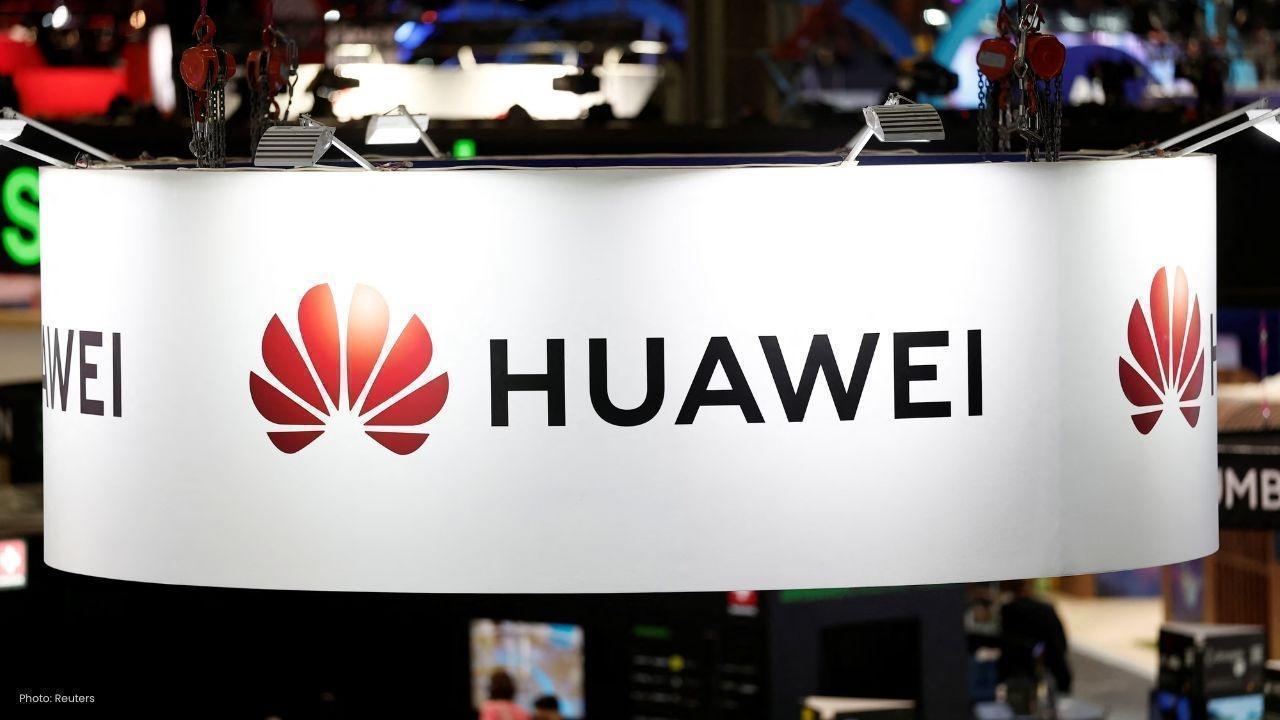
Post by : Sami Jeet
Disclaimer: This article serves only for informational and educational purposes and does not serve as financial, tax, or legal advice. It is recommended to consult licensed professionals for tailored evaluations.
Calculating your business's net worth is a crucial financial process. It reveals the actual equity held by the business, assisting in making informed decisions regarding sales, loans, investments, tax strategies, and exit plans. This guide covers basic accounting net worth and delves into how professionals value and adjust a business for a market-reflective net worth.
Business Net Worth = Total Assets − Total Liabilities
While that’s the baseline accounting formula, a practical net worth measurement may necessitate adjustments: aligning asset valuations to market rates, normalizing the owner's remuneration, incorporating intangible assets (like goodwill), and factoring in risk considerations.
You'll need:
Latest balance sheet (assets & liabilities)
Last 2–3 years of income statements
Current cash flow statements
Loan contracts, leases, and tax returns
Lists of inventory and fixed asset registers
Having well-organized, recent records simplifies the process.
Refer to the balance sheet.
Example (illustrative figures):
Cash: 120,000
Accounts receivable: 80,000
Inventory (book): 60,000
Prepaid expenses: 5,000
Fixed assets (net book value): 300,000
Total Assets (calculation):
120,000 + 80,000 = 200,000
200,000 + 60,000 = 260,000
260,000 + 5,000 = 265,000
265,000 + 300,000 = 565,000
Total Assets = 565,000
Liabilities example:
Short-term loans / credit lines: 40,000
Accounts payable: 30,000
Accrued expenses: 10,000
Long-term loan: 150,000
Total Liabilities:
40,000 + 30,000 = 70,000
70,000 + 10,000 = 80,000
80,000 + 150,000 = 230,000
Total Liabilities = 230,000
Accounting Net Worth = 565,000 − 230,000 = 335,000
This book equity provides the initial view of owner’s equity on the balance sheet.
Book values may not accurately reflect actual worth. Typical adjustments include:
Revalue property to its current fair market value.
Inventory: adjust obsolete items; raise the value of valuable slow-moving inventory.
Receivables: account for bad debts.
Fixed assets: consider replacement costs or resale values in addition to net book values.
Continuing with our example:
Fixed assets valued at 300,000, adjusted to a replacement/resale value = 380,000 → add +80,000.
Inventory: originally 60,000, with 5,000 recognized as obsolete → subtract −5,000.
Receivables: from 80,000, deduct 8,000 deemed doubtful → subtract −8,000.
Adjusted Total Assets:
Starting with previous Total Assets 565,000:
565,000 + 80,000 = 645,000
645,000 − 5,000 = 640,000
640,000 − 8,000 = 632,000
Adjusted Total Assets = 632,000
Ensure to include:
Off-balance-sheet debts.
Potential tax obligations or litigation reserves.
Prepaid income or deposits owed back.
Example: Include a warranty reserve of 12,000 and a tax provision of 10,000.
Adjusted Total Liabilities:
Previous liabilities 230,000:
230,000 + 12,000 = 242,000
242,000 + 10,000 = 252,000
Adjusted Total Liabilities = 252,000
Adjusted Net Worth = Adjusted Assets − Adjusted Liabilities
From above:
632,000 − 252,000 = 380,000
Adjusted Net Worth = 380,000
This adjusted figure reflects a net worth closer to the market value. Nevertheless, for many buyers and investors, a business's economic value extends beyond asset worth to include earnings potential and intangible factors.
Buyers often assess business value based on earnings rather than solely on asset figures. To utilize this method:
Select a profit metric — typically Seller’s discretionary earnings (SDE) for smaller firms or EBITDA for larger ones.
Normalize for atypical owner salaries, one-time expenses, and non-recurring revenues.
Example income statement (last fiscal year):
Net profit (post-owner's salary): 60,000
Owner’s salary (including perks): 50,000
One-time legal expense: 10,000
Non-operating income: 5,000
Calculate SDE (step-by-step):
Start with Net profit: 60,000
Add back Owner’s salary: 60,000 + 50,000 = 110,000
Add back one-time legal expense: 110,000 + 10,000 = 120,000
Subtract non-operating income: 120,000 − 5,000 = 115,000
Normalized SDE = 115,000
Small businesses are typically valued at a multiple of SDE or EBITDA, depending on industry specifics, growth prospects, and associated risks. Common ranges include:
Service firms: 1–3 × SDE
Growing SMBs: 3–5 × SDE
Larger firms: 6–10+ × EBITDA
If market data indicates a 3 × SDE multiple:
Business value (income-based) = 115,000 × 3 = 345,000
A comprehensive valuation should integrate:
Adjusted net worth (asset-based) = 380,000
Income-based value = 345,000
Reconciling values: It may be wise to use the higher of the two when unique assets are involved, or consider weightings, such as 60% income approach and 40% asset approach.
Weighted valuation:
Income segment: 345,000 × 0.6 = 207,000
Asset segment: 380,000 × 0.4 = 152,000
Total weighted valuation = 207,000 + 152,000 = 359,000
Expected business net worth (market value) ≈ 359,000
Incorporate discounts and premiums:
Lack of marketability discount for privately-held firms (10%–35%).
Control premiums if the buyer will have a controlling interest.
Industry risk premium for sectors with volatility.
Applying a 10% marketability discount gives:
359,000 − (359,000 × 0.10) = 359,000 − 35,900 = 323,100
Rounded up: 323,100 represents the fair market net worth a buyer might find agreeable.
Identify recently sold comparable businesses.
Consider hiring a business valuator for substantial valuation needs.
Recognize that valuation merges art with science; various methods may yield differing results—document all hypotheses.
Up-to-date balance sheet & income statements
Revaluated fixed assets & adjusted inventory
Exhaustive liability list (including contingents)
Normalized owner salary and one-time items
Selected earnings metric (SDE or EBITDA)
Appropriate multiple from market comparisons
Adjustments for market conditions, control, and risk
Supporting appraisals (real estate, equipment)
Professional consultation if selling, buying, or obtaining loans
Calculating business net worth begins with the simple equation of assets minus liabilities but gains significance through iterative adjustments, normalized earnings analysis, and employing suitable valuation methodologies. This stepwise approach ensures you arrive at a well-supported, defendable market-inspired net worth.










Rangers Overcome Home Challenges with 6-3 Triumph Against Predators
In a much-needed victory, the New York Rangers defeated the Nashville Predators 6-3, with Artemi Pan

Chase Koepka Sets Sights on LIV Golf Comeback in Florida
Chase Koepka, now injury-free, aims to reclaim his spot in the LIV Golf League during the upcoming P

Marvin Bracy Faces 45-Month Suspension Due to Doping Charges
U.S. sprinter Marvin Bracy has been suspended for 45 months after a positive doping test, highlighti

IOC Reexamines Guidelines for Transgender Participation in the Olympics
The IOC is revisiting its guidelines for transgender athlete participation to ensure fairness and in

Suranika Roshan Celebrates The Moon Beam Bakery Launch
Suranika Roshan opens her bakery, The Moon Beam Bakery, as Saba Azad expresses joy on Instagram. A h

Jets Achieve Historic Milestone with Dual Special Teams Touchdowns
The New York Jets made franchise history with two special teams touchdowns in one quarter against th